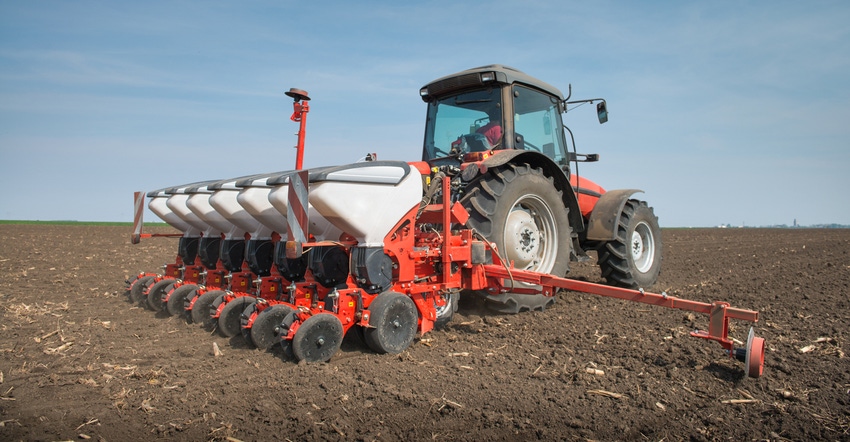September 28, 2020

Depending on where you live, winter wheat planting is either right around the corner or has already happened.
Check your university’s agronomy guide for ideal planting date for winter wheat. Following the ideal planting date can ensure low weed pressure and lowers risk of pests such as Hessian fly, powdery mildew and barley yellow dwarf. Also, research in northern Oklahoma has shown a decrease in grain yield related to test weight when planted too early.
Here are some things to consider if you haven’t yet planted winter wheat:
1. Wait for rain. It’s been dry in many places, including parts of Pennsylvania. As a result, you might be considering waiting for rain to plant. This is a good option as it gives flexibility to choose a spring wheat if adequate rain doesn’t arrive.
Another option is to plant wheat assuming adequate rain will come before the last planting date. We risk the wheat not getting the best start and possible soil crusting should rain occur after planting. This may give us the best chance at getting wheat in during the optimum time.
2. Watch seeding depth. You may also choose to plant deeper into moisture. But in fields where pH is suboptimal, or where soils can harden, this could be risky.
Evaluate your current soil conditions to determine planting depth and date. Typical seeding depth is 1 to 1.25 inches deep. Seeding in narrower rows or increasing seeding rate might be advantageous in dryer weather but make sure not to cut corners to ensure sure the wheat is off to the best start before winter.
3. Use proper seeding rates. The desired plant population for winter wheat is 1.3 to 1.5 million per acre (28 to 34 plants per square foot). This requires a seeding rate between 1.5 and 1.7 million seeds per acre or 20 to 23 seeds per foot in a 7-inch row.
The seeding rate should be based on the number of seeds per acre rather than pounds per acre. At 10,000 seeds per pound (should be on the bag) this would indicate the need to set the planter at 150 pounds per acre. If the seeds per pound is 12,000, then 125 pounds per acre would need to be set on the planter to reach the 1.5 million seeds per acre.
Increase these rates when seeding under poor conditions such as a cloddy seedbed or a delayed planting date. When seeding more than two weeks following the fly-free date, increase the seeding rate by 10% for each week delayed past that date. Do not delay seeding winter wheat because of dry soil.
If fall pasture is desired, plant one to two weeks earlier and apply 40 pounds of nitrogen per acre in addition to recommended fall rates.
4. Increase rates for no-till. When no-tilling small grains be sure to spread the residue evenly and increase seeding rates by about 15% to compensate for seed-to-soil contact issues.
Strive to get the seed in the soil at a 1-inch depth. To measure this, be sure to rule out the residue.
Also, slow down! It appears that with larger equipment the faster the drill travels the more it rides up out of the soil and therefore places the seed on top. This leads to poor root development and, if any heaving occurs, roots may be exposed to weather and herbicide applications.
Source: Penn State Cooperative Extension, which is solely responsible for the information provided and is wholly owned by the source. Informa Business Media and all its subsidiaries are not responsible for any of the content contained in this information asset.
You May Also Like




